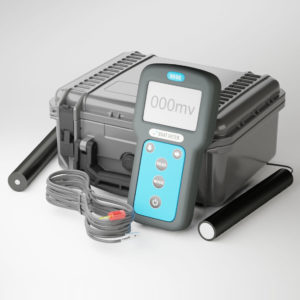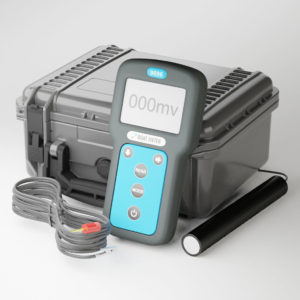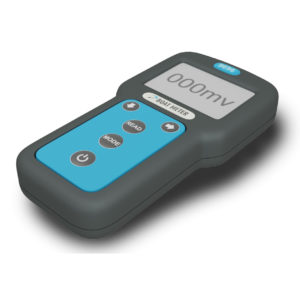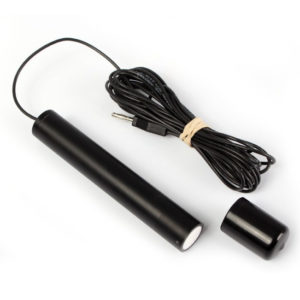measuring hull potential with boat meter kit
Hull Potential Measurement, what you can do as a responsible boat owner is monitor the condition of your Hull at certain intervals and take some remedial measures at the appropriate time to prolong your vessels serviceable life.
To fully understand what is happening with your hull and/or anodes you have to measure the potential of your hull and other metal parts that are submerged.
Measuring Hull Potential is very simple and quick.
Using our Boat Meter Kit simply connect the Hull to the positive terminal and place the electrode in the water near the hull.
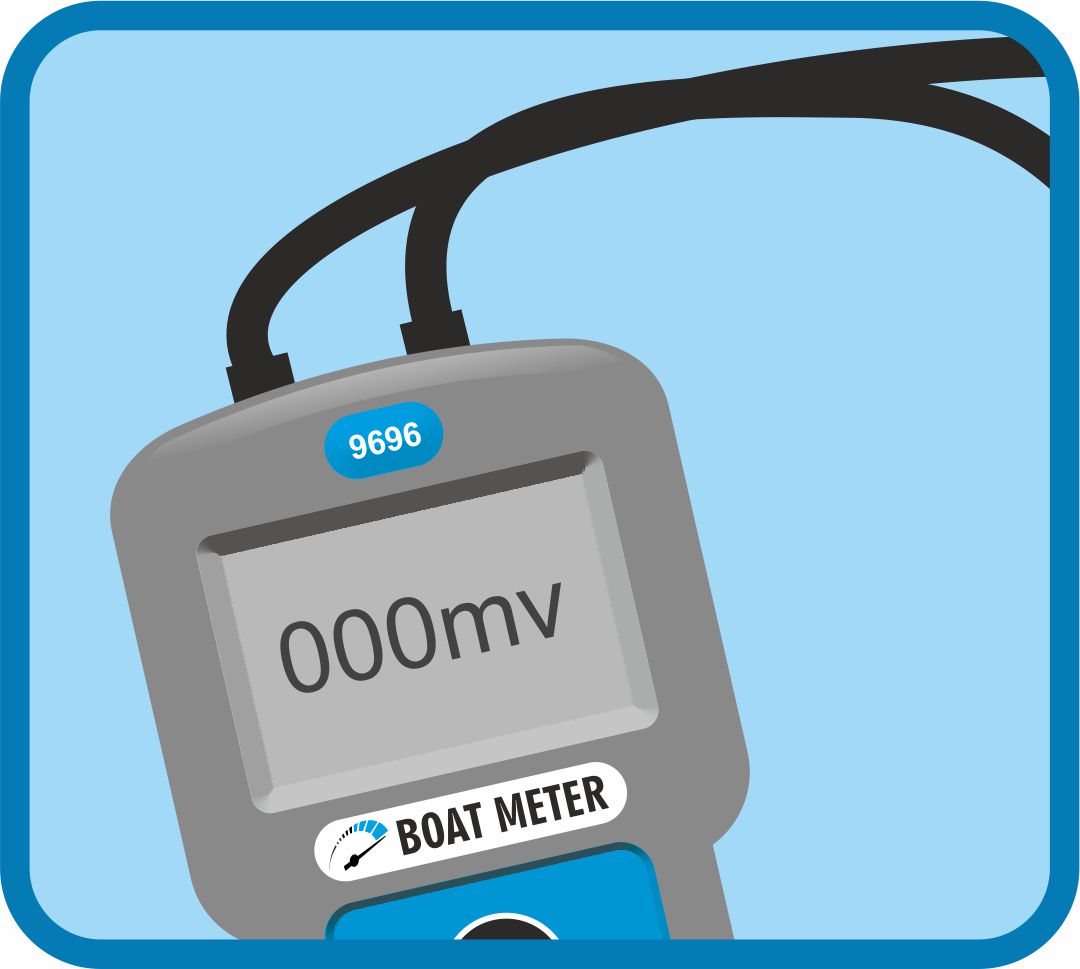
Connect The Electrode & clip Cable
Remove the meter from the waterproof case and connect the cathodic protection reference electrode and the crocodile clip cable to the connections on top of the meter.
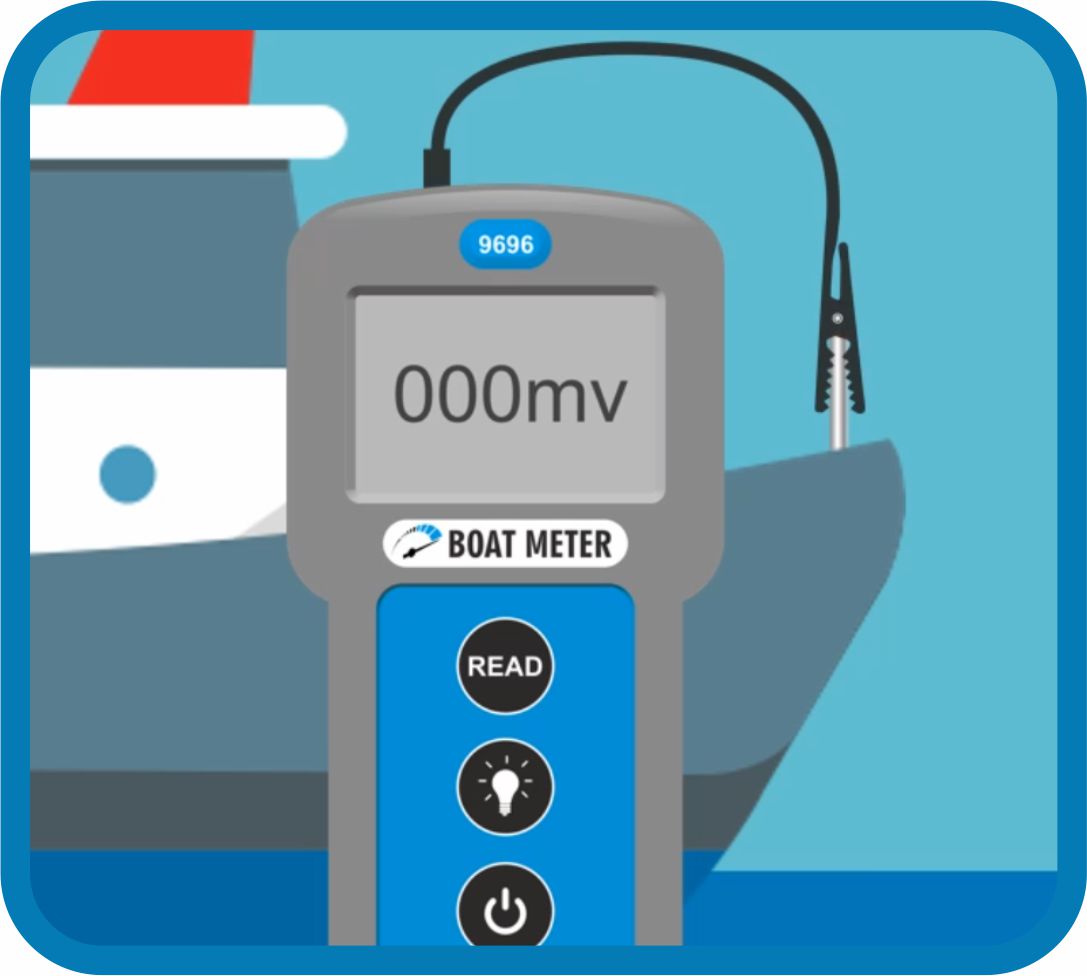
Clip the Cable to the Metal hull Etc.
The next step is to connect the crocodile clip to the metal hull or metal drive etc. that you wish to test the potential of. Please ensure you have a good solid connection
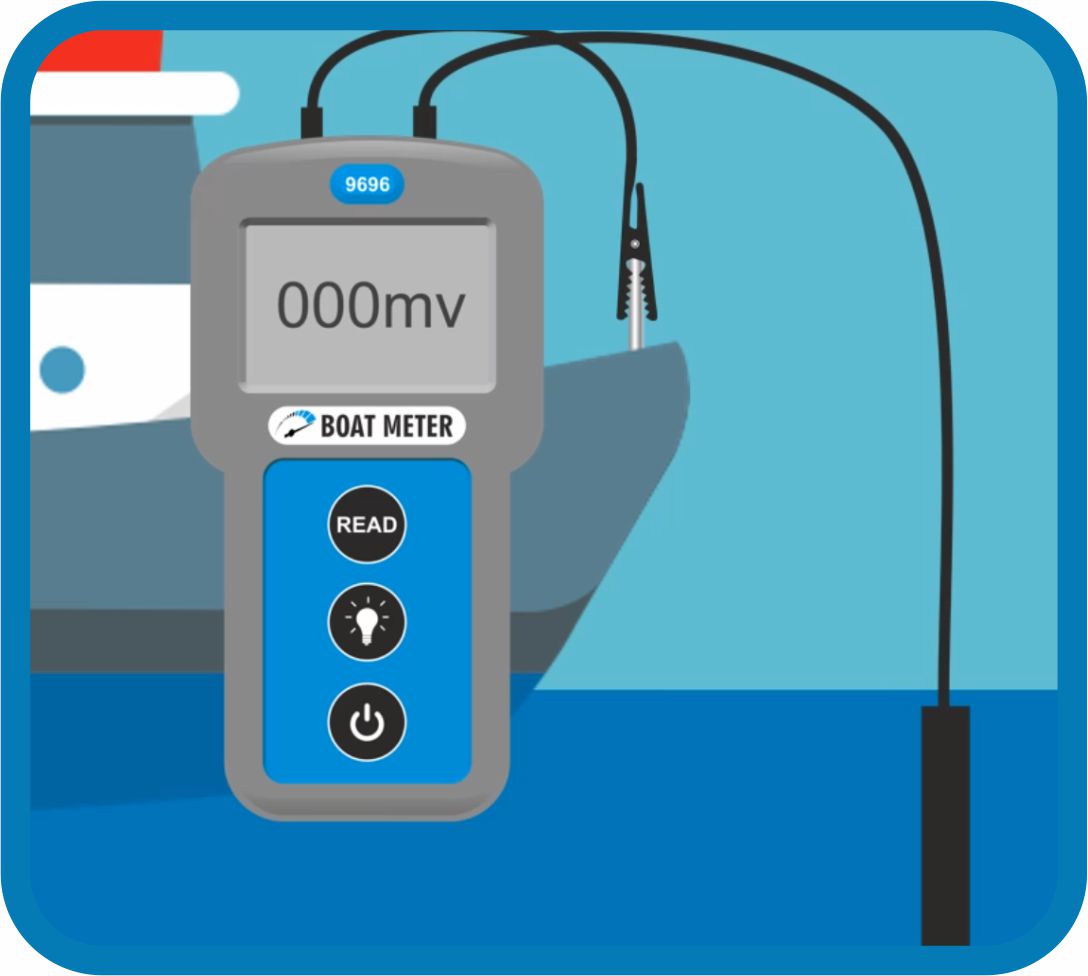
Lower electrode into Water
Now take the electrode and lower into the water close to the hull or metal body you are trying to measure the potential from.
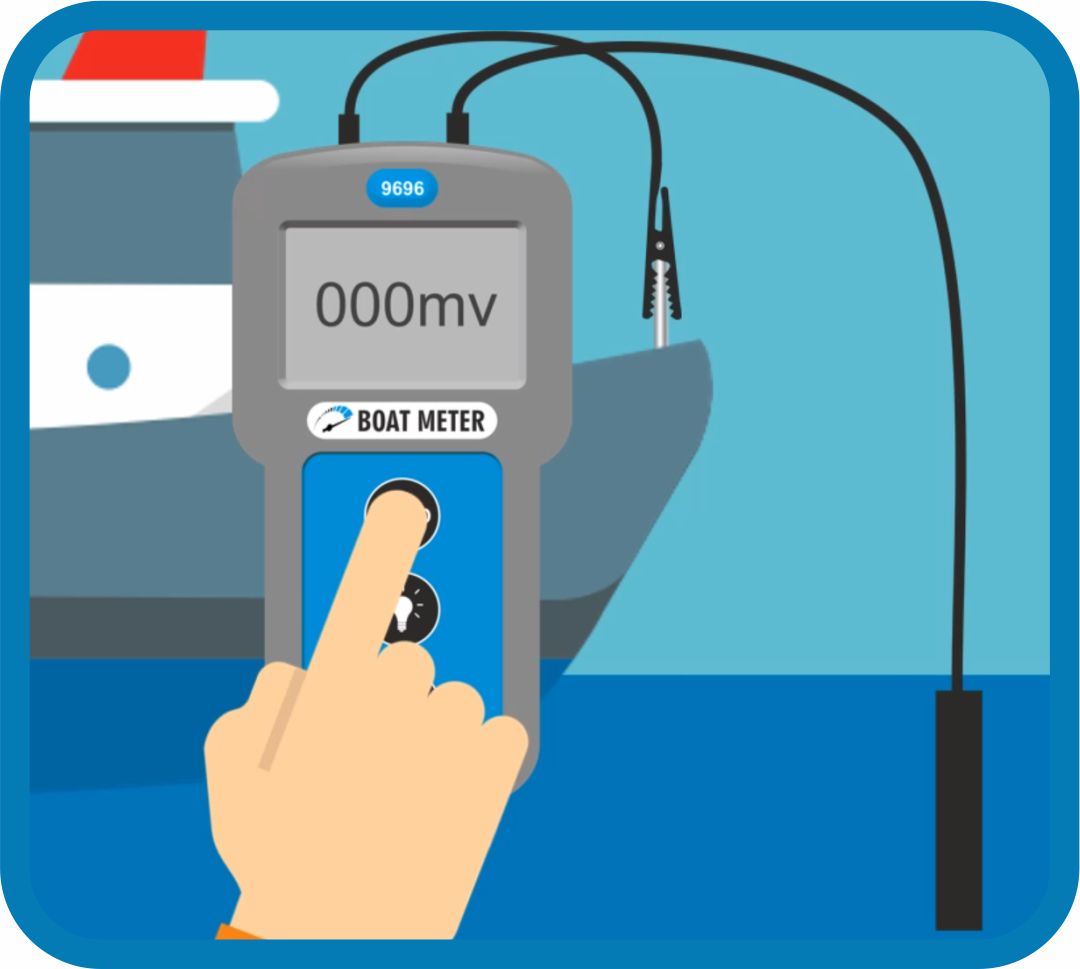
Press the Read Button
Ensure that the meter is turned on in the correct mode and press the read button on the control panel and wait for the meter to read.
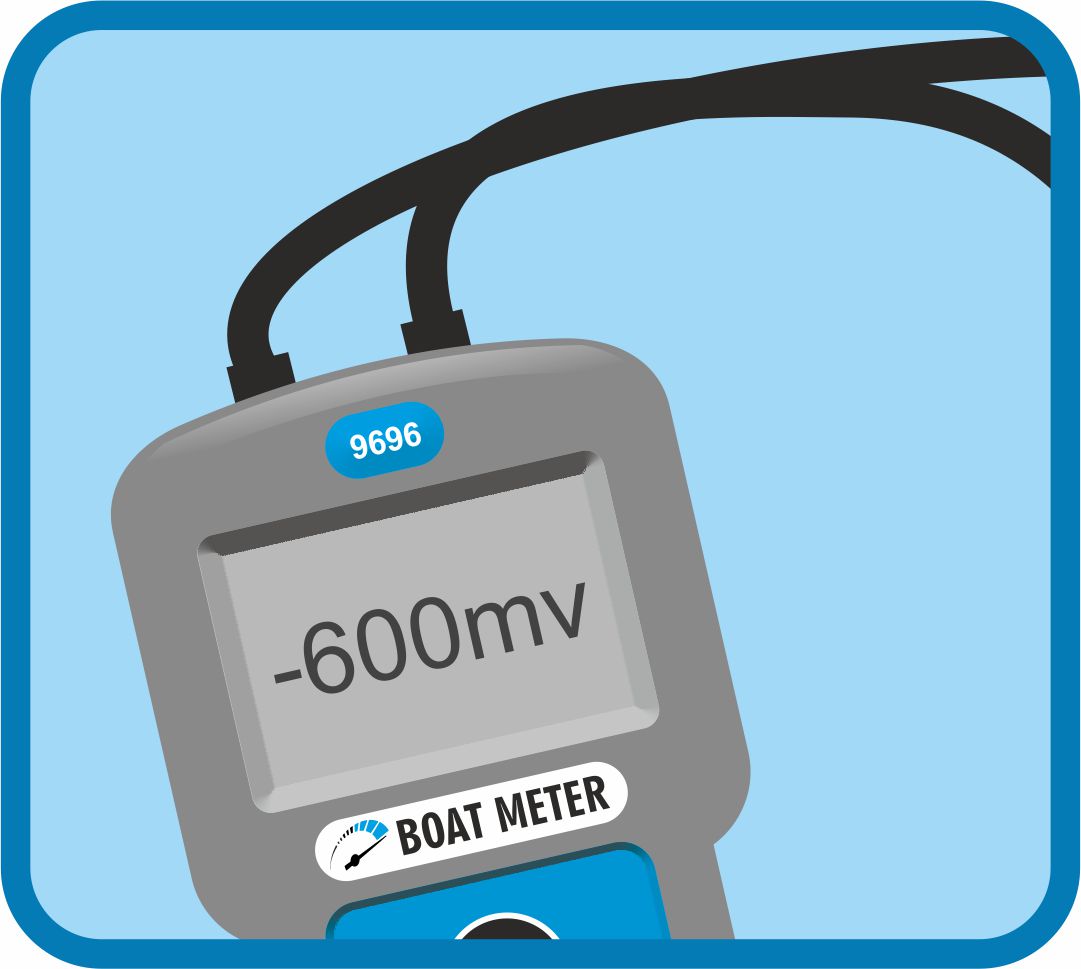
Take Note of Reading
Once the meter has taken its reading you can then make note of this or store the reading directly to the meter to recall at a later time.

Analyse & Record Your Findings
Once you have your reading you can then store the figures using a spreadsheet or manually in a journal which you can analyse over time.
The readings for new boats will be as follows e.g.
Aluminium Hulls -900mV
Steel Hulls -600mV
The results are negative as electrons are negatively charged. The more negative the result is the more electrons you have locked up in the Hull. This is a good thing.
As the water steals electrons and corrosion occurs this result will become less negative.
This process can become more accelerated when Stray DC Current is present

